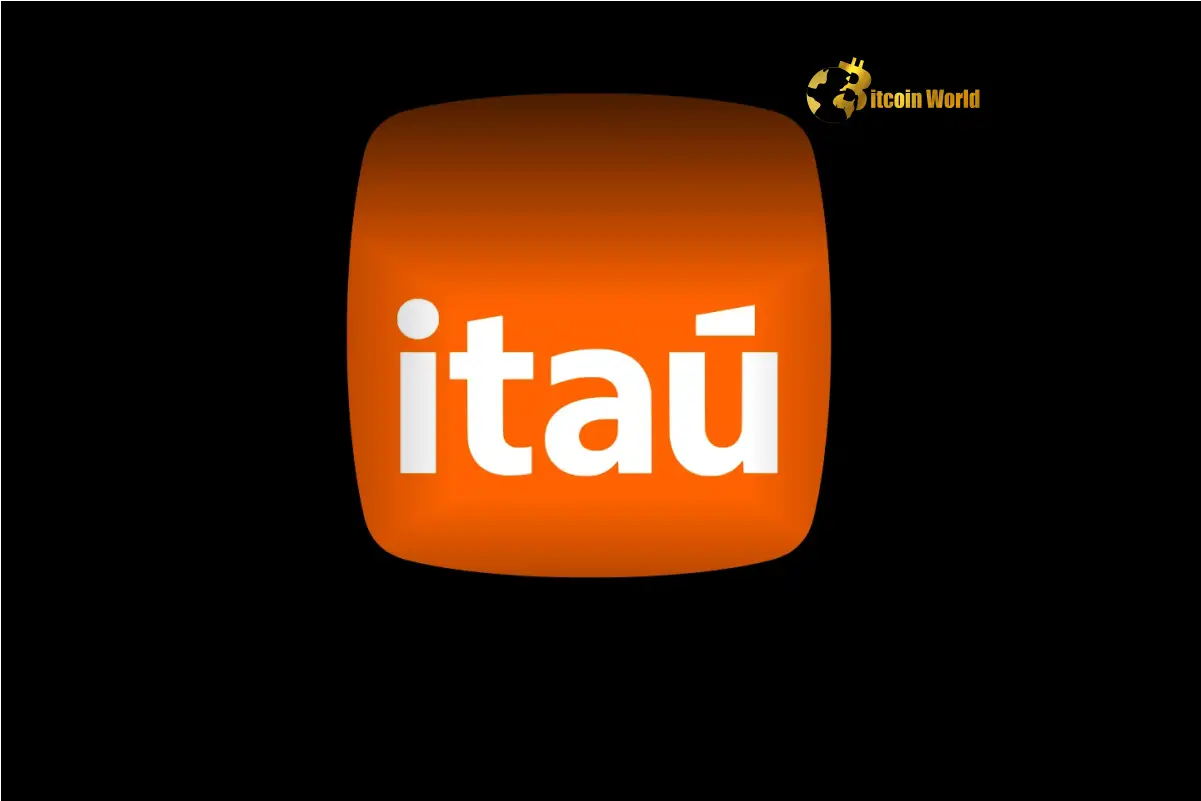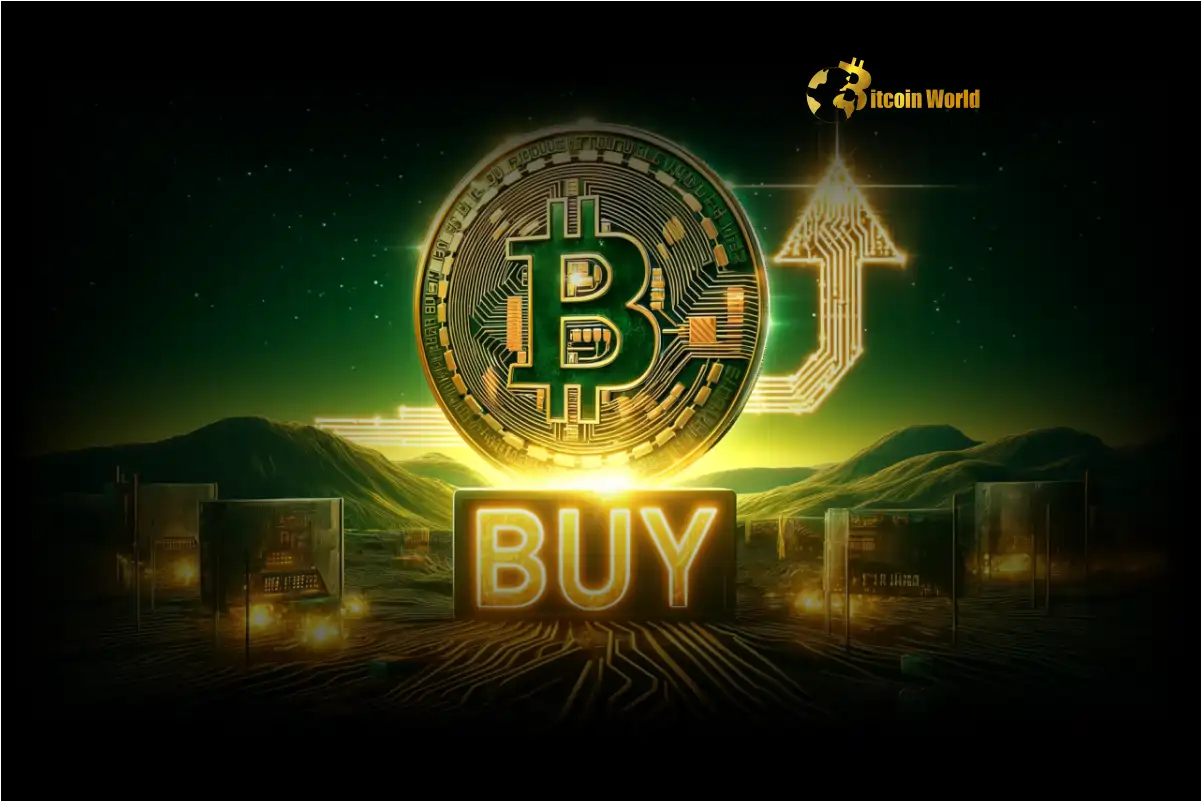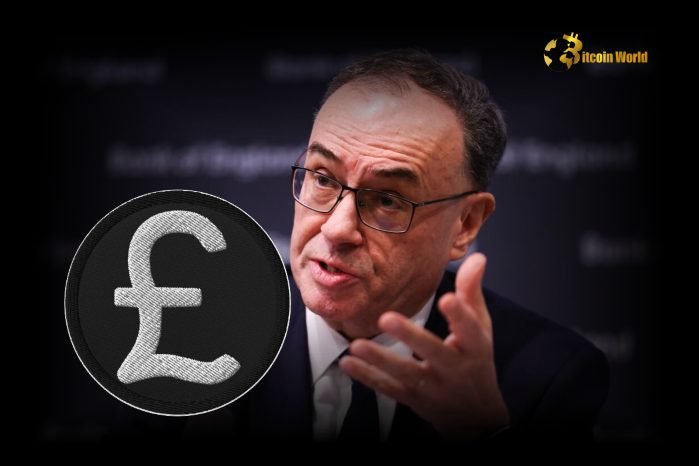In an exciting development for the crypto world, Brazil’s largest financial institution, Itaú Unibanco, is seriously exploring the possibility of launching its own stablecoin. This news, reported by Bitcoin.com News, signals a significant shift in the traditional banking sector’s approach to digital assets and could have far-reaching implications for crypto adoption in Latin America and beyond. Are we on the cusp of seeing mainstream banks fully embrace the power of stablecoins? Let’s dive into the details.
Why is Itaú Unibanco Mulling a Stablecoin?
Guto Antunes, the head of digital assets at Itaú Unibanco, revealed the bank’s interest in stablecoins, highlighting a surge in enthusiasm within the banking industry. This increased interest is largely attributed to a change in the U.S. government’s stance on crypto, with stablecoins now being viewed not just as speculative instruments but also as strategic tools. Antunes pointed out the potential of stablecoins to even “protect the sovereignty of the dollar.” This perspective opens up a fascinating new dimension to the stablecoin narrative, moving beyond simple transactional use cases.
For Itaú Unibanco, the question isn’t just about jumping on the crypto bandwagon. It’s about strategically positioning themselves to meet evolving client needs and explore innovative financial solutions. As Antunes stated, “We are always open to understanding for our client whether it makes sense to have a stablecoin, even one in reals, within Itaú.” This client-centric approach suggests a pragmatic and thoughtful exploration of stablecoin technology.
The Rising Tide of Crypto Adoption in Traditional Finance
Itaú Unibanco’s consideration of a stablecoin is not an isolated event. It reflects a broader trend of crypto adoption within traditional financial institutions. Several factors are driving this trend:
- Evolving Regulatory Landscape: As governments worldwide begin to provide clearer regulatory frameworks for cryptocurrencies, banks feel more comfortable exploring and integrating digital assets.
- Client Demand: Customers are increasingly interested in cryptocurrencies and digital assets. Banks are responding to this demand by exploring ways to offer crypto-related services.
- Technological Advancements: Blockchain technology and stablecoins have matured significantly, offering secure, efficient, and transparent solutions for financial transactions.
- Competitive Pressure: With fintech companies and crypto-native firms offering innovative financial products, traditional banks need to adapt to stay competitive and relevant.
This confluence of factors is creating a perfect storm for crypto adoption in the mainstream financial world, and Itaú Unibanco’s move is a clear indication of this transformative shift.
Stablecoin in Reais: A Game Changer for Brazil?
The prospect of Itaú Unibanco issuing a stablecoin pegged to the Brazilian Real (BRL) is particularly intriguing. Here’s why this could be a game-changer for Brazil banking and the broader Brazilian economy:
- Enhanced Efficiency and Lower Costs: Stablecoins can streamline transactions, reduce processing times, and lower fees compared to traditional banking systems.
- Financial Inclusion: Stablecoins can provide access to financial services for the unbanked and underbanked populations in Brazil, fostering greater financial inclusion.
- Cross-Border Transactions: A BRL-pegged stablecoin could simplify and expedite international transactions for Brazilian businesses and individuals.
- Innovation and Competition: Itaú Unibanco’s foray into stablecoins could spur innovation and competition within the Brazilian financial sector, benefiting consumers and businesses alike.
However, the issuance of a stablecoin by a major Brazil bank also presents certain challenges. Regulatory compliance, security considerations, and ensuring price stability are crucial aspects that Itaú Unibanco would need to carefully address.
Itaú Unibanco and the Future of Digital Assets
Itaú Unibanco’s exploration of stablecoins underscores the growing significance of digital assets in the global financial landscape. As one of the largest banks in Latin America, Itaú’s actions carry considerable weight and can influence the direction of the financial industry in the region. Their cautious yet open approach to stablecoins reflects a strategic move to embrace innovation while mitigating potential risks.
Key Takeaways:
- Itaú Unibanco, Brazil’s largest bank, is considering issuing a stablecoin.
- This move reflects increasing interest in stablecoins within the banking sector, driven by evolving regulations and client demand.
- A BRL-pegged stablecoin could offer significant benefits for the Brazilian economy, including enhanced efficiency and financial inclusion.
- Challenges related to regulation, security, and price stability need to be carefully addressed.
- Itaú Unibanco’s exploration of stablecoins highlights the growing importance of digital assets in traditional finance.
What’s Next for Itaú’s Stablecoin Ambitions?
While still in the exploratory phase, Itaú Unibanco’s interest in stablecoins is a compelling development to watch. The next steps likely involve in-depth feasibility studies, regulatory discussions, and technological assessments. If Itaú decides to move forward, it could set a precedent for other major banks in Brazil and Latin America to explore their own stablecoin initiatives.
The journey of traditional finance into the world of digital assets is just beginning, and Itaú Unibanco’s potential stablecoin launch is a powerful signal of the exciting transformations ahead. Keep an eye on this space – the future of finance is unfolding right before our eyes!
To learn more about the latest crypto market trends, explore our article on key developments shaping Ethereum institutional adoption.






